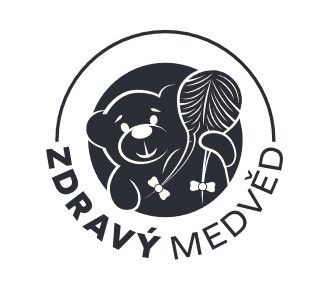Ashwagandha, Indian Ginseng
Whitania somnifera
Synonym: Ashwagandha, Indian ginseng
Part of the plant used: mainly root and leaves, occasionally berries and bark are also used.
Characteristics: Vitania is an upright, grayish, slightly hairy evergreen shrub that grows to a height of about 1.5 m and has relatively long tuberous roots. It is widely cultivated in India and throughout the Middle East and is also found in East Africa. It is characterized by small greenish-yellow flowers and smooth, round fruits that are orange-red when ripe and enclosed in a membranous sheath like Physalis. Vitania root extract has been used for thousands of years as an herbal remedy in Ayurveda, the ancient Indian system of medicine. It is traditionally recommended for anxiety, insomnia, aging, and other conditions that can be aggravated by stress. This is because it is considered an adaptogen, a substance that can help the body resist stress. It contains withanolides, which have anti-inflammatory and antioxidant properties. Vitania is also recommended to increase sports performance and treat male infertility.
Ingredients: withanolides, withaferin A, alkaloids
Dietary supplements: standardized extract for withanolides content
Effect: This plant exhibits anti-cancer, anti-inflammatory, cardiovascular, hepatoprotective and immunomodulating (ability to influence the immune system) effects. Ashwagandha may be beneficial for central nervous system disorders (schizophrenia, anxiety, memory loss, obsessive-compulsive disorder), chronic stress and insomnia, rheumatoid arthritis, type 2 diabetes, and male infertility. Fruit extracts (especially ethyl acetate extract) have been tested to promote hair follicle growth, showing significant antioxidant and anti-inflammatory activity, non-irritating and non-toxic to the skin even after oral ingestion.
Contraindications: Patients with allergies to plants of the Solanaceae family. Use with caution in case of ulcer disease - withania can cause irritation of the digestive tract.
Interactions: Controlled studies not available; therefore, interactions are based on proven activities and are largely theoretical and speculative. It can interact with antipsychotics, neuroleptics, barbiturates, benzodiazepines, and drugs for the therapy of thyroid diseases. May interfere with digoxin determination. In patients with chemotherapy, it had rather an adjuvant (beneficial) effect, or removed the toxic effect. It was tested in vitro with cyclophosphamide, doxorubicin, paclitaxel.
Adverse effects: Vitania is well tolerated in adults. But severe diarrhea, skin burning, drowsiness, skin discoloration and allergic skin reactions have also been observed. It should be used with caution by patients with diabetes, hypertension, or men with hormone-sensitive prostate cancer.
Used doses: 120 mg to 2 g in combination with other preparations.
Pregnancy: Contraindicated due to lack of information and possible abortifacient (abortion-causing effect).
Breastfeeding: There are no data on the excretion of any components of Vitania in breast milk or on its safety and effectiveness in nursing mothers or infants. Therefore, it should be avoided, especially when breastfeeding a newborn or premature baby.
Toxicity: in usual doses, withania is non-toxic. In mice, the oral median lethal dose was determined to be 1750 mg/kg.
Ashwagandha, Indian Ginseng
Chat with us on WhatsApp



